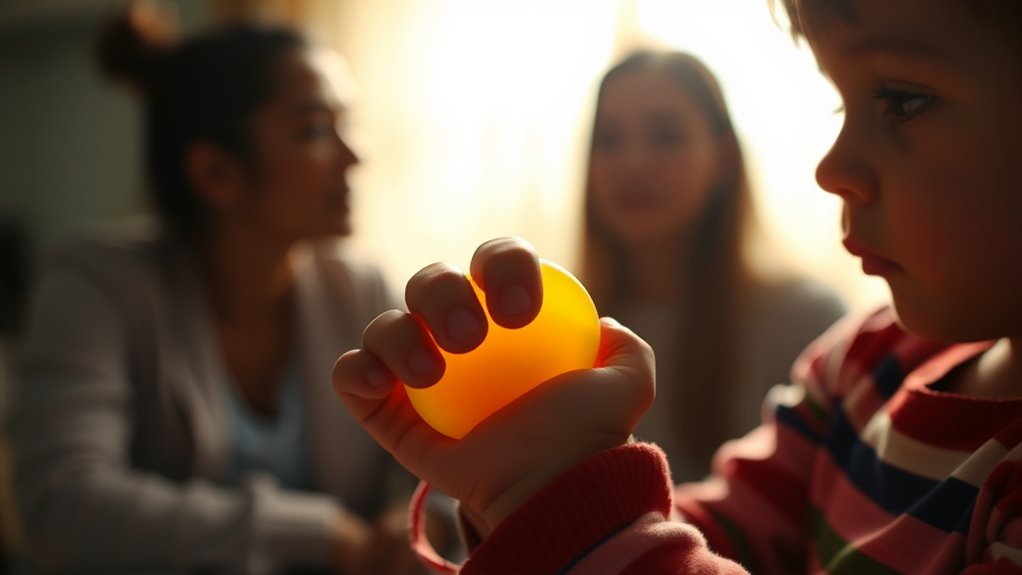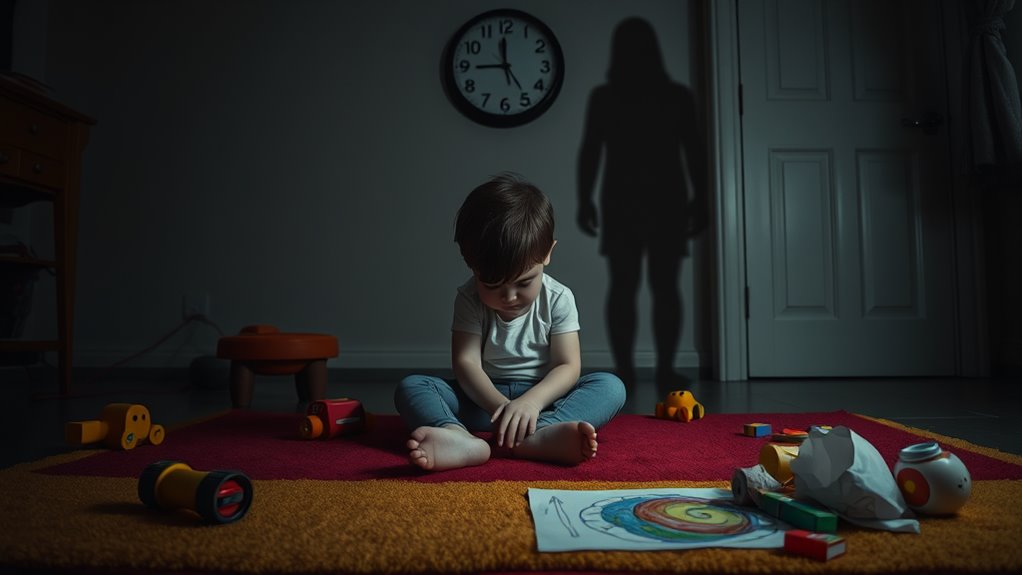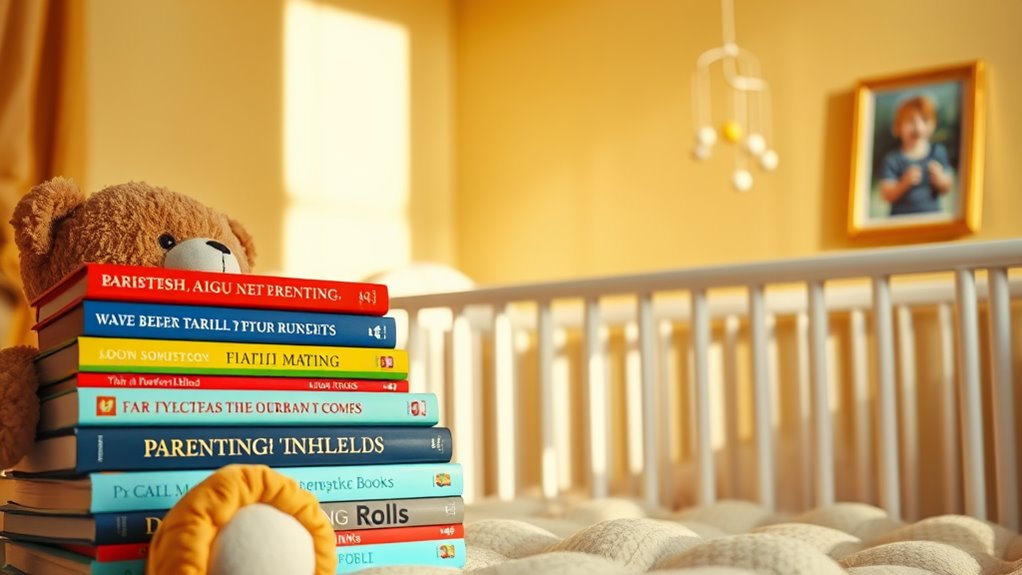How to Cultivate Creativity in Kids Using Everyday Activities
You can cultivate creativity in kids using everyday activities that spark their imagination. Encourage open-ended play by providing various materials like cardboard for building or fabric for role-playing. Engage them in arts and crafts to explore colors and textures while developing their fine motor skills. Use storytelling techniques to help them create unique characters and plots, fostering critical thinking. Nature activities, such as scavenger hunts or collecting natural materials for art projects, can also ignite their curiosity. By incorporating these fun, interactive approaches, you’ll nurture their creativity day by day. There’s even more you can explore to enhance their imaginative skills!
Key Takeaways
- Encourage open-ended play by providing diverse materials for kids to explore and create independently, fostering imagination and problem-solving skills.
- Incorporate arts and crafts into daily routines, allowing children to experiment with different techniques and materials to express their creativity.
- Engage kids in storytelling activities, prompting them to create characters and plots, which enhances their narrative skills and critical thinking.
- Organize nature activities like scavenger hunts and outdoor art projects to inspire curiosity and a connection with the environment.
- Allow for unstructured playtime where children can lead their activities, promoting confidence and resourcefulness through creative exploration.
Benefits of Creative Play
Engaging in creative play offers kids a multitude of benefits that extend far beyond mere entertainment. When children dive into imaginative activities, they’re not just having fun; they’re also honing essential skills.
For instance, creative play significantly boosts cognitive development. As kids explore different scenarios, they learn to think critically and adapt to new information. This kind of play encourages them to ask questions, make connections, and formulate ideas, which are all vital for their intellectual growth.
Moreover, creative play fosters creative problem solving. When faced with challenges during play, kids brainstorm solutions, experiment with different approaches, and learn from their mistakes.
This trial-and-error process helps them develop resilience and resourcefulness—qualities that will serve them well in various aspects of life.
Open-Ended Play Ideas
There are countless ways to spark creativity through open-ended play, allowing kids to explore their imaginations without rigid constraints. You can encourage this type of play by introducing role playing games where kids can assume different characters and scenarios. For example, they might become astronauts exploring a new planet or chefs running their own restaurant. These games not only fuel their creativity but also enhance social skills as they collaborate with peers.
Another great idea is to set up an area for free exploration. Provide various materials like cardboard boxes, fabric scraps, and art supplies. Let them decide how to use these items—whether it’s building a fort, creating a puppet show, or inventing a new game. The key is to step back and allow them to lead the play, making choices and solving problems on their own.
You’ll be amazed at how quickly kids dive into their imaginative worlds when given the freedom to explore. By fostering an environment for open-ended play, you’re helping them build confidence, critical thinking, and a lifelong love for creativity.
Engaging Arts and Crafts
Arts and crafts can be a fantastic way to unlock a child’s creative potential while also developing fine motor skills. Engaging in various projects encourages kids to express themselves through different mediums. Start with some simple DIY projects, like creating a scrapbook or building a birdhouse. These activities not only spark creativity but also teach planning and problem-solving.
Introduce your child to various painting techniques, such as sponge painting, watercolor washes, or even finger painting. Each technique allows them to explore color and texture in unique ways. Encourage experimentation; there’s no right or wrong in art!
Don’t forget the power of recycling. Use everyday items like cardboard boxes, old magazines, or fabric scraps to inspire new projects. This approach teaches resourcefulness while nurturing their imaginative spirit.
Set up a space where they can freely create, whether it’s a corner of a room or a designated craft table. Make sure to provide a variety of materials—paints, markers, glue, and scissors—so they can choose how to bring their ideas to life.
Imaginative Storytelling Techniques
In the world of imaginative storytelling, every child can become a master of their own narrative. Encourage your child to dive deep into character development by creating unique characters with distinct personalities, strengths, and weaknesses. Ask them questions like, “What’s your character’s favorite food?” or “What’s their biggest fear?” This helps them think critically about their characters and makes the story more engaging.
Next, introduce narrative structure. Explain the basic elements: beginning, middle, and end. You might say, “Every good story has a problem that needs solving and a resolution at the end.” Encourage your child to outline their story first, mapping out each part. This practice not only enhances their storytelling skills but also boosts their organization and planning abilities.
To make it even more fun, engage in storytelling games. For instance, start a story and let your child add to it, fostering collaboration and spontaneity.
Incorporating Nature Activities
Nature offers countless opportunities to spark creativity in kids. One great way to engage their imagination is through nature scavenger hunts. You can create a list of items for your kids to find, like specific leaves, rocks, or flowers. This activity encourages them to observe their surroundings closely and think creatively about how to approach the hunt. Plus, it adds an element of friendly competition!
Outdoor exploration is another fantastic way to ignite creativity. Take your kids on walks in parks or nature reserves, and encourage them to ask questions about what they see. You can turn these explorations into art projects by collecting interesting twigs, stones, or petals, which they can later use for crafting.
Don’t forget to ask your kids to sketch or journal about their experiences. This not only reinforces their observations but also encourages them to express their thoughts creatively.
Frequently Asked Questions
How Can I Identify My Child’s Creative Strengths?
You’d think identifying your child’s creative strengths is tricky, but it’s simpler. Watch their artistic expression and imaginative play; those moments reveal what they love. Encourage those activities, and you’ll see their talents shine.
What Age Is Best to Start Encouraging Creativity?
There’s no specific age, but starting during toddler exploration is ideal. Encouraging imaginative play at this stage helps nurture creativity, as kids naturally express themselves. So, embrace their curiosity and provide opportunities for creative activities!
How Do I Balance Structure and Freedom in Playtime?
Balancing structure and freedom in playtime’s key. You can set aside time for structured play while allowing periods for free exploration. This mix encourages creativity and helps kids thrive in both guided and imaginative activities.
Are There Specific Materials That Enhance Creativity?
Imagine a treasure chest brimming with possibilities. Arts supplies, sensory materials, open-ended toys, and building blocks spark imagination. Add musical instruments, craft kits, creative prompts, and nature objects, and watch creativity flourish like wildflowers in spring.
How Can I Assess My Child’s Progress in Creativity?
To assess your child’s creativity, establish creativity benchmarks and observe progress indicators like problem-solving skills, imaginative play, and willingness to explore new ideas. Regularly engage and discuss their creative efforts to track growth effectively.





